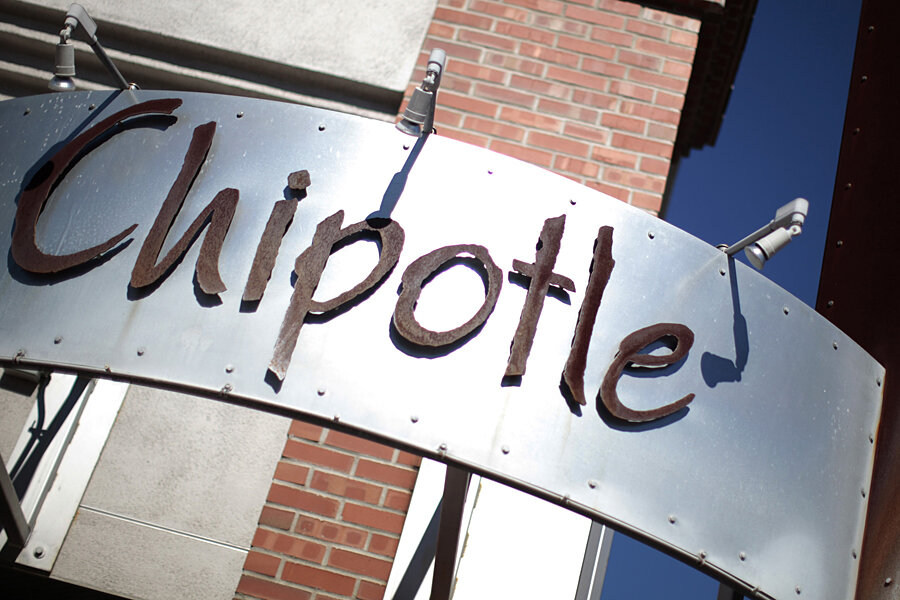Is a 'mini Chipotle' coming to your town?
Loading...
Chipotle has ambitious plans to expand in the US, and they may involve much, much smaller versions of the chain millions can’t get enough of.
The fast-casual Mexican chain is looking to move beyond its 1,700 restaurants with at least 4,000 more locations, according to Quartz. But that’s just the familiar, sit-down Chipotle restaurants. Chipotle brass believes it can expand even further by way of “mini Chipotles” that focus primarily on takeout.
There’s a lot of financial incentive for Chipotle to go small. The chain started out a decade and a half ago primarily as a sit-down restaurant, but most of its customers no longer eat in. “There are a number of reasons why we think that that is a good idea, one of which is that where as we used to be a mostly a dining restaurant 14 years ago, and I’d say about eight years ago, we were 50/50 dining and take-out. Now we’re about two-thirds takeout,” co-CEO Montgomery Moran said in a July 2014 earnings call with reporters.
Going small is also a much cheaper way to expand, especially as rents in the US and other developed countries soar. According to Quartz, a typical Chipotle costs about $800,000 to get up and running – a smaller store would cost less and have lower operating expenses, but also slimmer profit margins. The company already trying out the concept in Europe, where space is limited and rent and real estate costs are high.
Because this involves Chipotle, it raises the question: is such addition-by-subtraction something to watch for from other chains? In its 14-year existence, Chipotle has quickly come to represent the wave of the future for the restaurant industry. It leaves its competitors in the dust in terms of marketing to the ever-important millennial demographic and innovating friendlier, yet more efficient restaurant management practices. It’s been an industry leader in ethical sourcing of meat, for example, and has won raves for creating a more efficient workforce by retaining employees and promoting from within its ranks.
Chipotle has been so successful over the years, in fact, that investors are actually disappointed in its fourth quarter earnings, even though the company’s profits grew 26 percent last year. Where Chipotle goes, it stands to reason, more restaurant chains will soon follow.
Plus, if the chain wants to continue its successful courtship of young adults, smaller stores make sense. Millennial populations are growing fastest in major urban centers, where real estate is very expensive.






